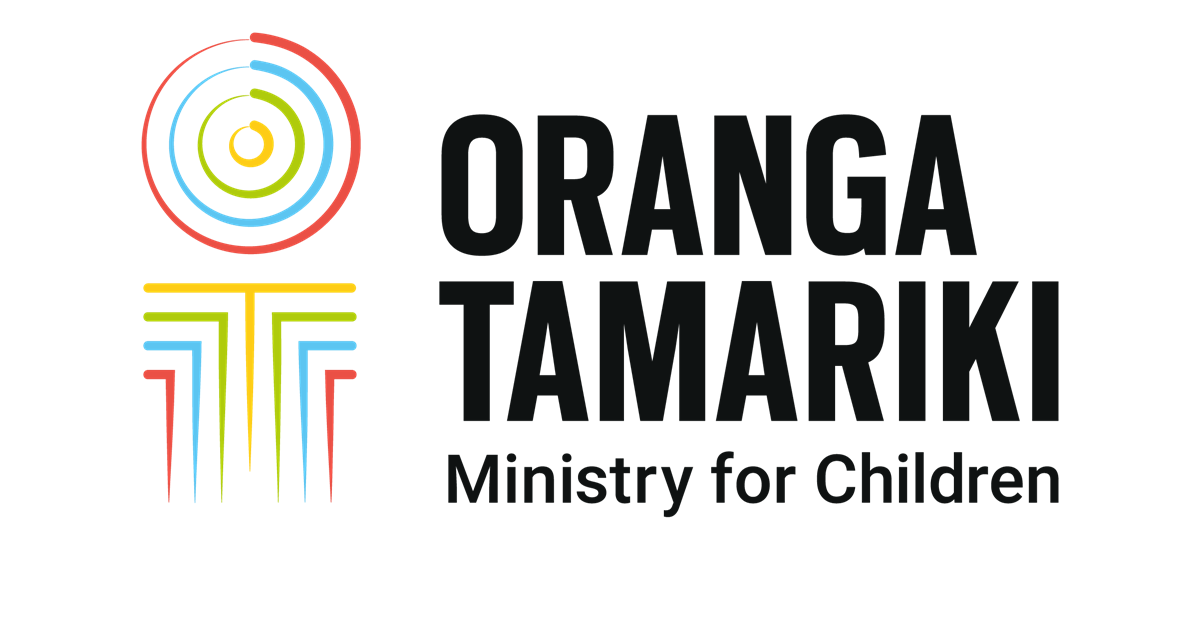Safeguarding children in closed communities
Published: October 24, 2023 · Updated: October 25, 2023
This review of literature informs child protection responses in communities or groups that use coercive and controlling ways of managing tamariki and members in the group.
Background
This evidence brief focused on coercive control in isolated groups or community settings that operate within a hierarchical leadership structure and are separated from the mainstream community. The evidence brief examines the knowledge and skills that child protection workers need for their work with these communities. Intervention strategies for safeguarding tamariki in such settings are also discussed.
The findings are intended to support Oranga Tamariki to help develop a holistic approach to care and protection needs, and oranga of the tamariki in closed communities.
Key findings
- The social workers who are supporting tamariki and whānau in a closed community need to understand the faith, culture, and environment specific to the closed community, in order to be effective. A lack of trust and fear of external people can be a barrier in child protection work.
- Social workers need to be objective and need specialised skills in developing trust and effectively engaging the whānau within their cultural norms.
- Interventions to support victims should encourage them to seek specialist advice and encourage closed community members to move from being silent witnesses to active allies for victims.
- Empowering victims that disclose abuse and exploitation is key to their recovery. Finding ways to work with parents directly and empowering them as being responsible for the safety and development of their tamariki may work.
- Child protection work must utilise and integrate a variety of experts working in the children’s sector and requires regular communication and planning among the specialised and integrated service team.
Next steps
The findings from the evidence brief will be used to develop an approach to child protection in closed communities in Aotearoa New Zealand, through the work of the multi-agency group established to respond to child protection concerns for tamariki and their whānau in such communities.

